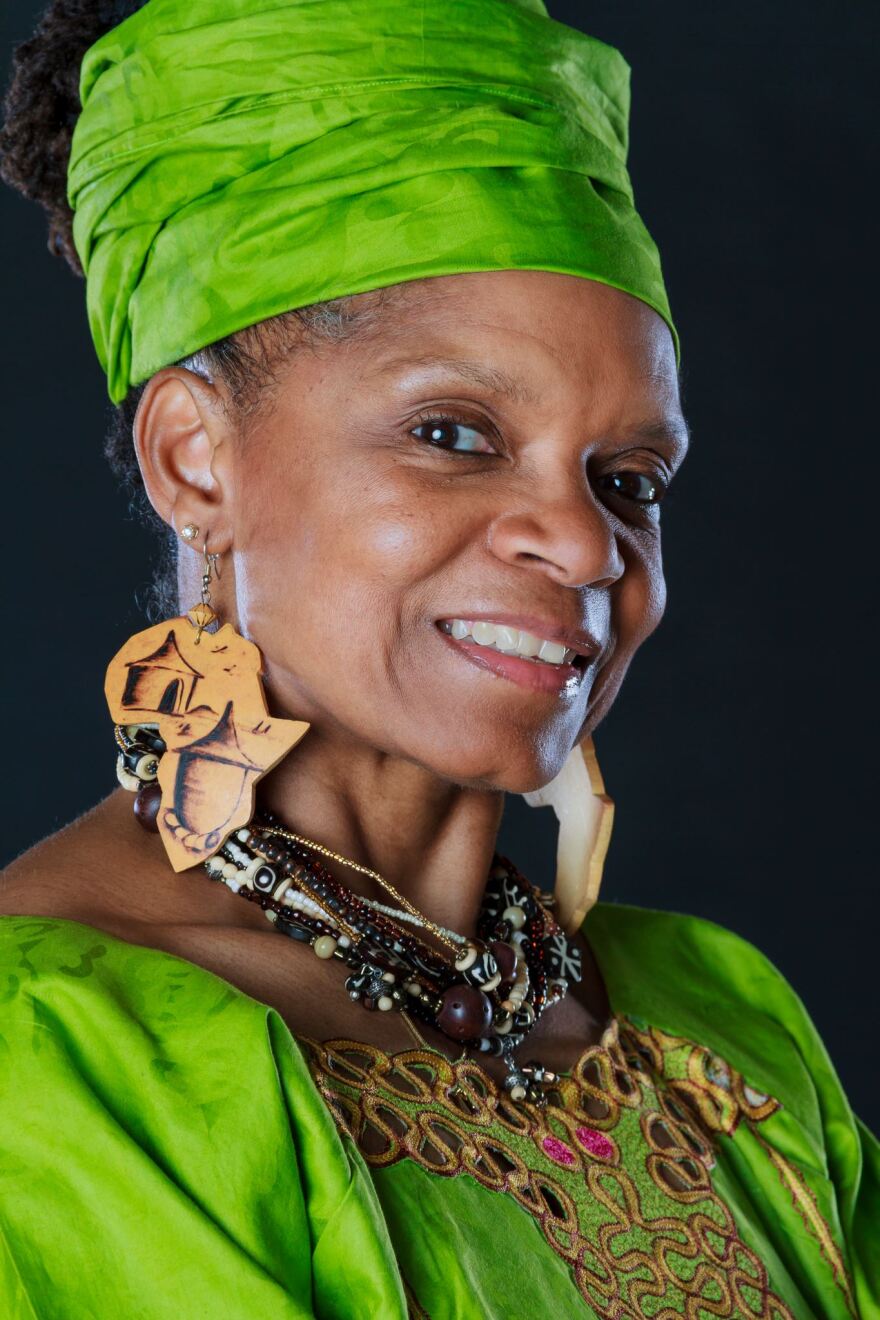The Maryland Folklife and Stage area will feature a cross section of cultures and traditions. In his excerpt from this week's Delmarva Today host Don Rush talks with Caroline O'Hare, MD Folk Festival manager, about the African American traditions.
The Maryland Folk Festival is just around the corner, and the latest announcement is the lineup for the Maryland Life area and stage. This is Don Rush. This excerpt from this week's at Delmarva Today we talk with festival manager Carolyn O'Hare about the African-American heritage that will be on display, beginning with Janice Curtis Greene, famous for her reenactments of Harriet Tubman.
“As we get to the 250th anniversary of the United States, I really wanted to bring in some historical folks from the area. And the official griot of Maryland is Janice Curtis Greene. And like you had mentioned, she is a historical reenactor and she's very well known for her reenactment of Harriet Tubman. So she will be performing as Harriet Tubman, which I think is rather incredible for our attendees. They'll be able to sort of step back in history and get a chance to hear from the woman herself. She is an incredible woman who also has reenacted different folk as well as a storyteller herself,” O’Hare said.
She's most famous, obviously, for doing Harriet Tubman, but she is a storyteller. And one of the things she did on stage was she told a story of a man named Curtis. He was a pie maker, and he was apparently in love with sweet potato pies and was on his way to the market to buy some, and according to her, this is what he was singing.
“Sweet potato. Sweet potato. Nice and sweet. Oh, sweet potatoes. They good to eat. All sweet, sweet potato in my tummy. Sweet potatoes. Yummy, yummy,” Greene sang.
So then we have also indigo from West Africa actually, but it was also made here in the United States. Tell me then a little bit about that.
“Yes, actually, we have the incredible Kibibi Ajanku who is going to be coming and bringing her indigo dye village, which is West African indigo dyeing tradition that is connected to the United States and to Maryland through a history of slavery and the indigo trade that came to the US. And she has this incredible way of describing the indigo dye and the printmaking and how she doesn't use gloves, so her hands become this blue color. She goes, and that idea of the story behind in the blues, submerged in the blues, and it's just this wonderful thing. And so folks will be able, she's going to bring her dye village, and if you come to the folk life area, you too will be able to dive into the blues,” explained O’Hare.
As a matter of fact, she talks then obviously about this connection between indigo dying and slavery here in the United States.
“We have to have a conversation about slavery and enslavement because the indigo that was grown as a prophet bearing crop was grown and cultivated, tended, and worked by enslaved people. Indigo literally changed the slave trade. From that standpoint, I feel that my work disrupts the harm. What I'm doing is I'm connecting the beauty of indigo to the West African base that it was stripped from. Part of my artistry is the beauty of indigo. Part of my artistry is what you can look at aesthetically, but part of it is correcting and writing a wrong and reconnecting something beautiful to a place in the world that has experienced so much harm,” said Ajanku.
This is just a portion of this week's conversation with Carolyn O'Hare, manager of the Maryland Folk Festival. The full interview can be heard on this week's show at noon on WSDL and WESM. This is Don Rush for Delmarva Public Media.




